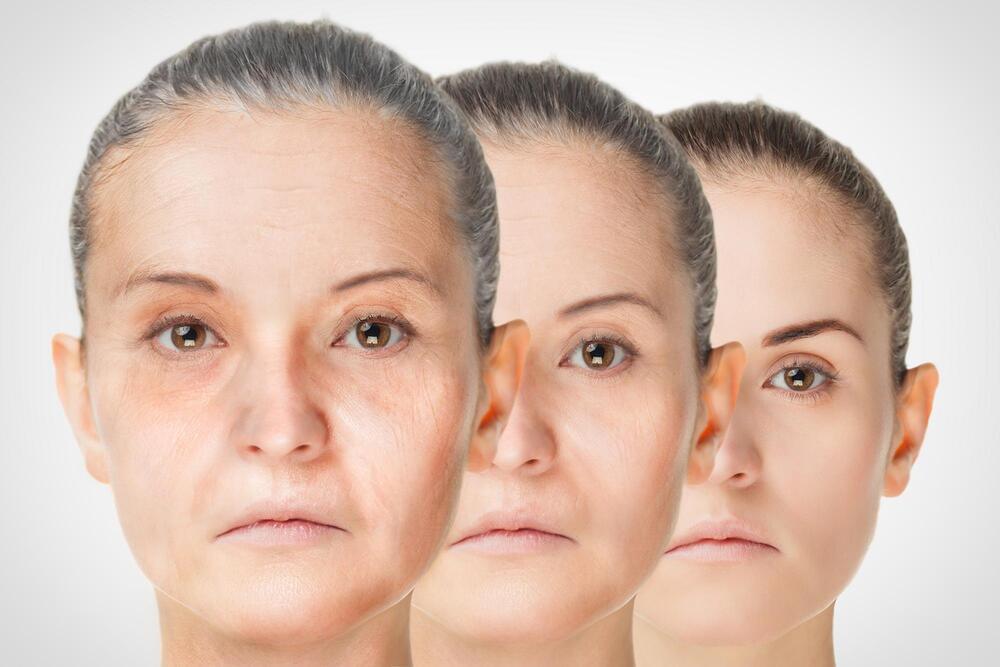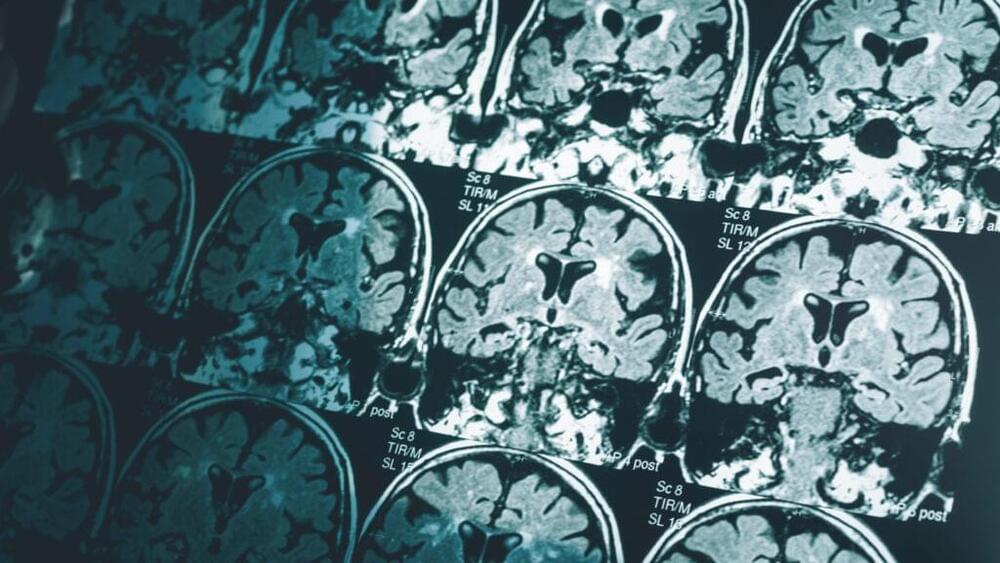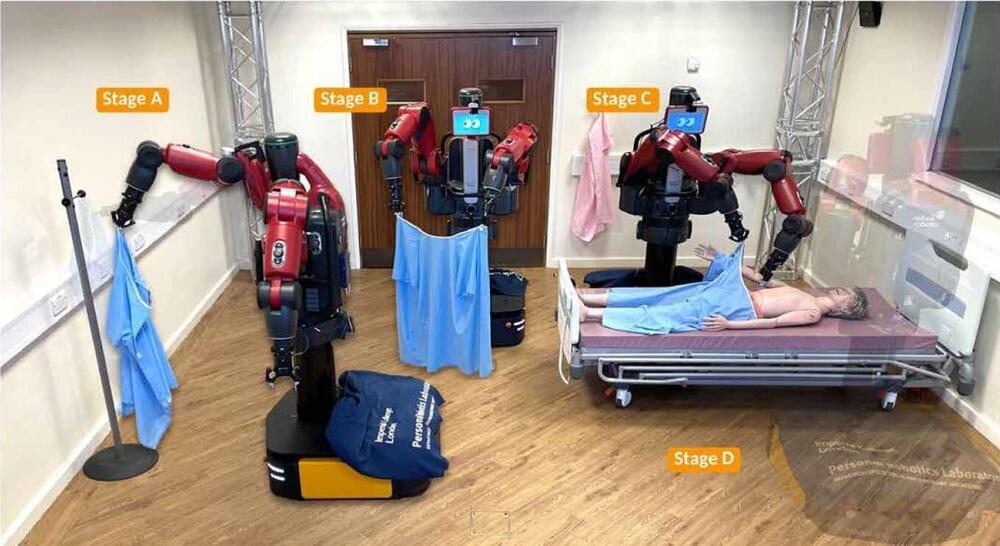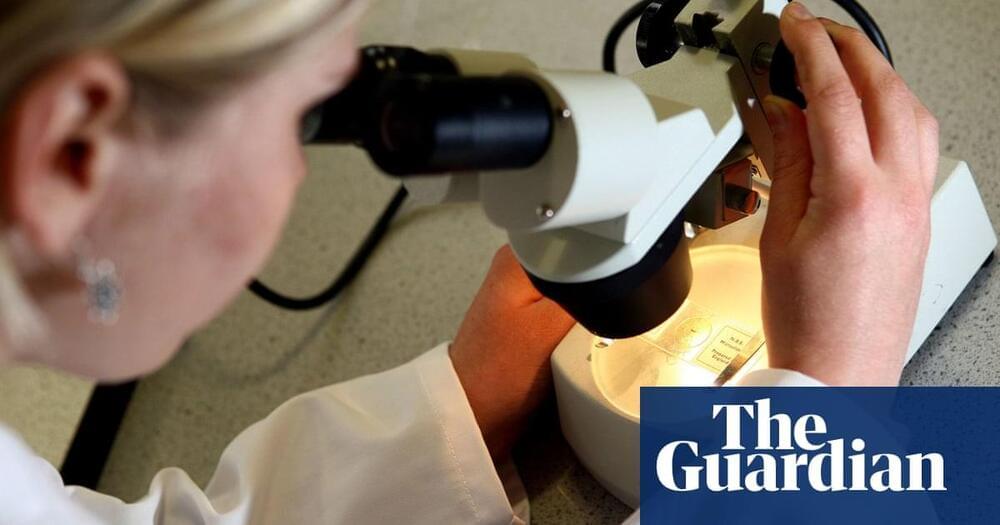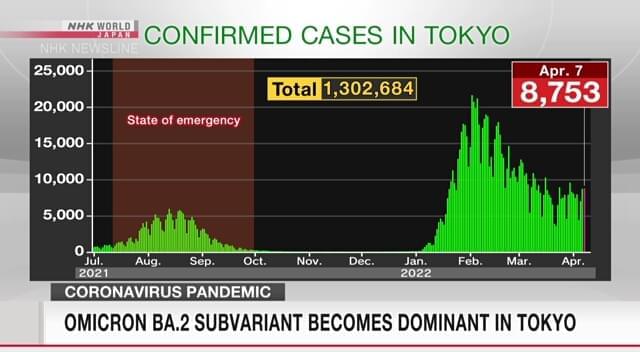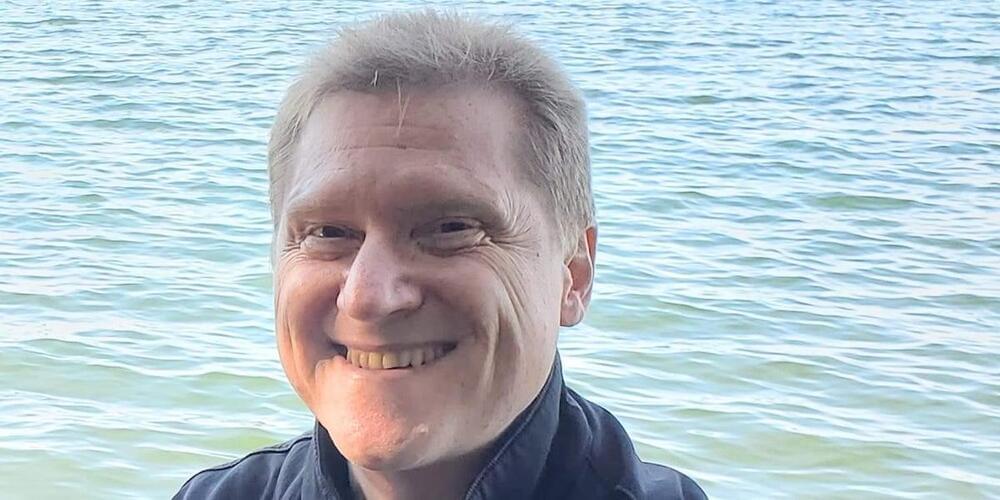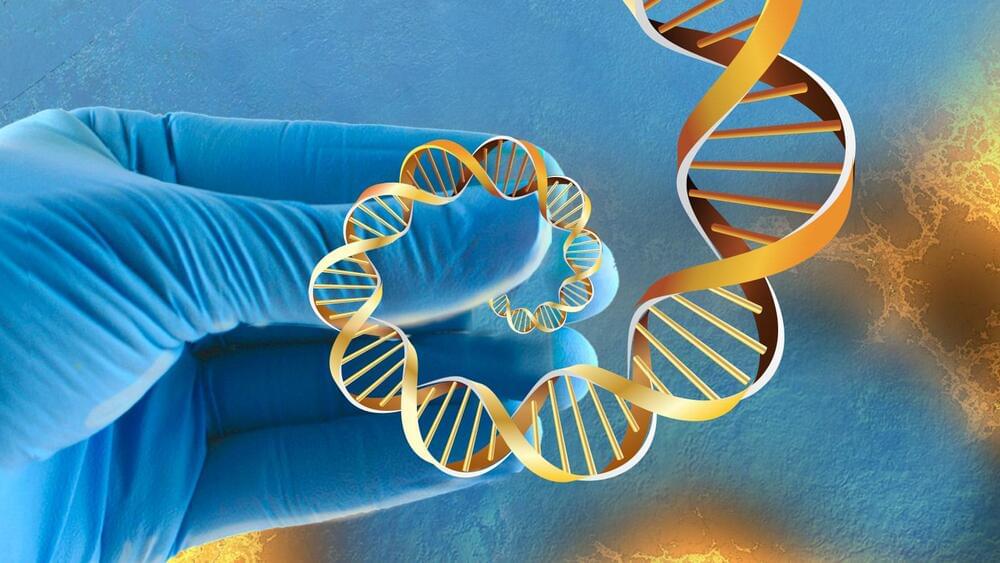Apr 8, 2022
“Time jump” anti-aging method gives specialized cells a 30-year refresh
Posted by Dan Kummer in categories: biotech/medical, life extension, neuroscience
Through experimentation with a highly promising anti-aging technique, scientists at the UK’s Babraham Institute have demonstrated a new way of turning back the clock in human skin cells. These cells functioned like cells 30 years younger, but in what represents an exciting advance in the field, were able to still retain some of their specialized functions acquired through age.
In 2012, Japanese researcher Shinya Yamanaka earned a Nobel Prize for his work in developing what are known as induced pluripotent stem cells (iPSCs). These start out as regular adult tissue cells that are harvested and exposed to four molecules called Yamanaka factors, which return them to an immature state. From here, the stem cells can theoretically develop into any cell type in the body.
We’ve seen scientists explore this potential in a number of exciting ways, implanting them in rabbits to restore vision, addressing dopamine deficiencies in animal models of Parkinson’s disease and repairing damaged heart muscles in pigs. The full reprogramming process involves subjecting the cells to the Yamanaka factors for around 50 days, but the Babraham scientists have found that shortening this process might bring some significant benefits to the table.

